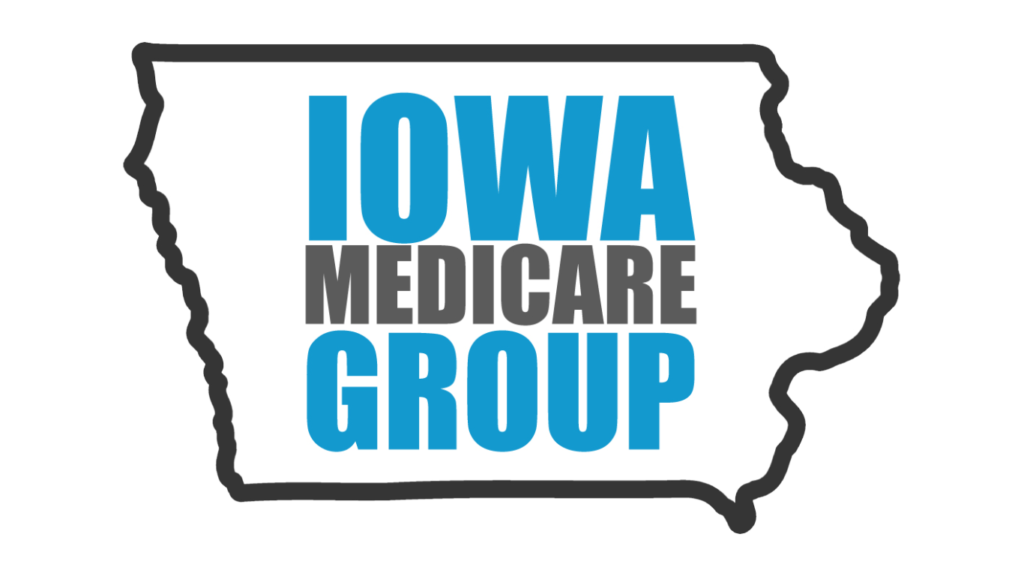What Does Medicare Cover
Medicare offers a number of useful benefits. The program lays the coverage out in several different components, each covering a different aspect of care. For example, Part A of Medicare covers hospital related costs, like hospital stays and skilled nursing facility care. Part B, on the other hand, covers medical costs, like preventive services and ambulance rides. If you want to learn exactly what benefits you can find through Medicare, here is a quick breakdown of each Part’s benefits.
Medicare Part A
For most people, Medicare Part A – Hospital is a prepaid benefit at no premium cost due to taxes paid into the Medicare program for 10 or more years. This very well may be a reason it is so well liked and accepted by the majority of those enrolled. When part of the burden of payment has already been paid this helps lower the overall costs for the program during retirement years.
In addition to hospital coverage, Medicare Part A provides skilled nursing after formally being admitted to a hospital for a 3-day period, hospice and in-home health care. It does not cover anything for long term nursing home or custodial care.
Medicare Part B
Part B is the medical insurance part of the Medicare program. It offers coverage for medically
necessary and preventative services. Within this category of services is your doctor visits, mental health service, ambulance rides, diagnostics, labs, and doctor assisted prescription services like chemotherapy and radiation.
Part B of Medicare is not available premium free and you will be enrolled automatically in it if you are collecting Social Security benefits prior to your 65th birthday. If you are enrolled, the monthly premium will be deducted from your monthly benefits check. If you are not collecting early Social Security benefits, you will be required to pay the monthly premiums through installment payments.
Medicare Part C
Part C of Medicare governs the private plans offered by Medicare-approved insurance companies; who offer Medicare Advantage Plans. These plans provide all your essential Part A and Part B benefits and oftentimes includes a qualified drug plan while consolidating all your coverage into one single plan. You can also receive unique benefits that are not available through Original Medicare plans, such as dental, hearing, vision, gym membership, personal medical devices, over-the-counter items and more.
Part C plans come in many varieties, however, understanding what is offered and what is most important to your individual healthcare needs gives you information needed to make wise decisions to choose the most appropriate plan offered in your area. To find the right plan we suggest getting help. Consider reaching out to an insurance professional who handles all the Medicare Advantage plans in your county. We would welcome your call.
Medicare Part D
Part D Medicare drug plans must meet strict Medicare guidelines for plan approval. Drug lists or formularies must have two or more medications offered for each therapeutic category. Each drug plan has specific tier levels that will determine the amount of copay or coinsurance responsibility of their plan member. Matching your current medications to plan offerings can easily be done through computer software programs to give anticipated annual out of pocket expenses. The higher the premium price of your standalone Prescription Drug plan you will often find lower deductibles, copays, and co-insurance to the plans.
For low-income Medicare beneficiaries there is Medicare Part D Extra Help offered that is designed to lower your copays, coinsurance, and expenses to keep prices affordable. We can help assist with your application.
Additional Information Medicare Part D
Typical Medicare Drug plans have benefit structures, with annual deductibles, copays, and/or coinsurance participation. Deductibles have historically only applied to Preferred, Non- Preferred and Specialty drugs.
Example of Common Benefit Structure.
- Tier Level 1 – Basic Generics – Copay – No Deductible
- Tier Level 2 – Preferred Generics – Copay – No Deductible
- Tier Level 3 – Preferred Drugs – Copay or Coinsurance – Probable deductible
- Tier Level 4- No Preferred Drugs – Copay or Coinsurance – Probable deductible
- Tier Level 5 – Specialty drugs – Copay or Coinsurance – Probable deductible
There are 4 Phases to a Part D program set forth by the Centers for Medicare and Medicaid Services
- Deductible – current maximum allowed $445 (yr. 2021).
- Initial Coverage Phase – Copay and coinsurance responsibilities of $4130 (yr. 2021). Specialty Drugs can have higher coinsurance during this phase.
- Coverage Gap Phase – When drug costs exceed $4130 of (True Out of Pocket Costs), members begin to pay 25% of the cost per medication until reaching Catastrophic phase of $6550. This has formally been referred to as reaching the Donut Hole.
- Catastrophic Phase – Once medication costs have reached $6550, lower priced drugs under this phase begin. Beneficiary responsibility would either be 5% of the cost of drug $184 or more per 30-day script or $3.70 generic or max of $9.20 copay for all drugs under $184 dollars.
Find The Right Medicare Coverage
Now that you know what benefits are available through the Medicare program, it’s time to get started with arranging your benefits. Get in touch with Larry Klein now to begin organizing the health care aspect of your retirement plan
Contact us today!
For more information about your coverage options in Iowa and across the Nation, reach out to Larry Klein of Iowa Medicare Group today!
